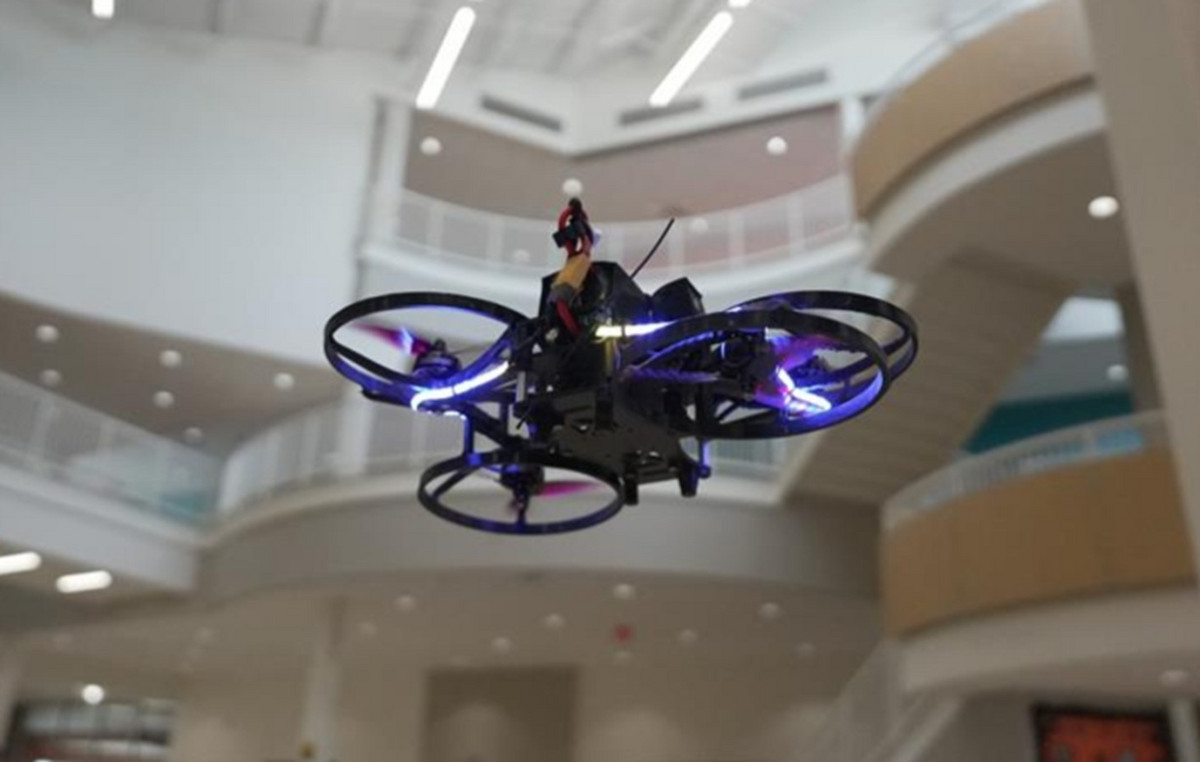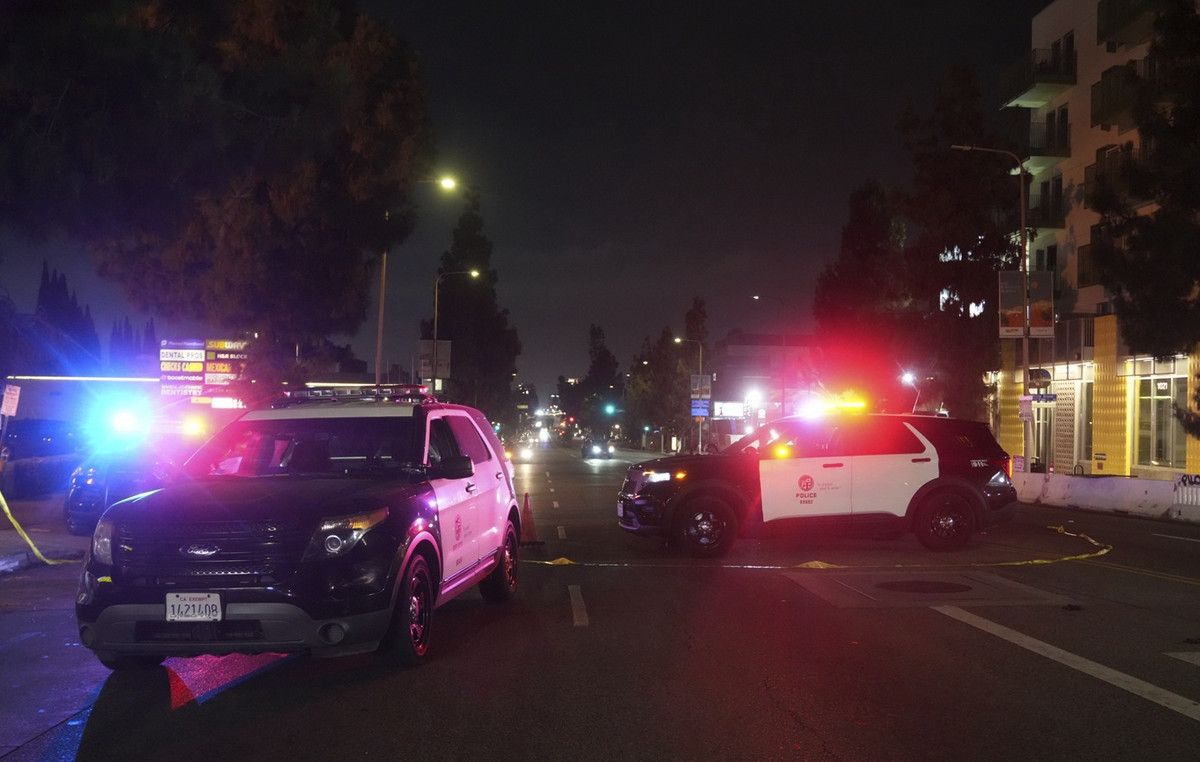The Sun is getting more active and two solar missions are perfectly poised to capture the stellar spectacle.
The Solar Orbiter spacecraft, part of a joint mission between NASA and the European Space Agency (ESA), is preparing for its closest approach to the Sun so far, on March 26.
And so far the trip has been anything but boring.
A large solar flare erupted on March 2. The eruption was classified as class M, the fourth strongest type of the five categories that measure the intensity of solar flares. An event of this magnitude could cause brief radio blackouts at the poles and small radiation storms that could put astronauts in danger, according to NASA.
Solar Orbiter’s Extreme Ultraviolet Imager telescope captured the dramatic event on video.
Meanwhile, the Parker Solar spacecraft, which became the first spacecraft to “touch the Sun” in late 2021, recently suffered the extremes of a major solar flare, as the Sun spewed tons of charged particles toward Parker on 15 of February.
The ESA described solar prominences as “large structures of tangled magnetic field lines that keep dense concentrations of solar plasma suspended above the Sun’s surface, sometimes taking the form of arcs.”
It is the biggest event that Parker has witnessed during its 3.5 years of flight.
“The shock of the event hit the Parker Solar spacecraft head on, but the spacecraft was built to withstand activities like this to obtain data in the most extreme conditions,” Nour Raouafi, project scientist for Parker, said in a statement. “With the Sun increasingly active, we’re excited to see the data Parker Solar will collect as it gets closer.”
solar extremes
If solar flares and storms seem to be occurring more frequently, such as the stunning flare on February 15 (also captured by Solar Orbiter) or the solar storm that affected SpaceX’s Starlink satellites, it’s because the Sun is increasing its activity as it does so. heading for the solar maximum.
Understanding the solar cycle is important because space weather caused by the Sun (solar flares and coronal mass ejection events) can impact the power grid, satellites, GPS, airlines, rockets and astronauts in space.
Every 11 years, the Sun completes a solar cycle of calm and stormy activity and starts a new one. The current cycle, called Solar Cycle 25, officially started in December 2019 and the next solar maximum, when the sun will experience peak activity, is predicted to occur in July 2025.
Over the course of a solar cycle, the Sun goes from a calm period to a very intense and active one. The activity is tracked by counting sunspots on the Sun and how many are visible over time.
Sunspots, or dark spots on the sun, are the point of origin of explosive eruptions and ejection events that release light, solar material and energy into space.
defining a path
The Parker Solar spacecraft has just completed its eleventh close approach of the 24 planned during its mission. Parker will reach 6.4 million kilometers from the Sun’s surface in December 2024.
The approach is special because as the spacecraft was sampling the solar wind and magnetic fields at a distance of 8.5 million kilometers, more than 40 observatories around the world were also observing the Sun. Visible, infrared and radio telescopes can provide different data at a greater distance, allowing scientists to develop a wider picture of the sun.
Most of Parker’s data from the approach will return to Earth between March 30 and May 1, and solar scientists are eager to see what the spacecraft experienced during the February 15 eruption. Parker’s next close pass across the Sun will begin on June 1.
Then it will be Solar Orbiter’s turn. On March 14, the spacecraft will orbit Mercury, the closest planet to the Sun, before heading to a position one-third of the distance between Earth and its star on March 26.
With high-resolution telescopes, the spacecraft will get closer to the Sun than it has since launching in February 2020.
“From this point, we are ‘entering the unknown’ when it comes to Solar Orbiter observations of the Sun,” said Daniel Müller, Solar Orbiter project scientist.
Solar Orbiter’s varied array of ten instruments will run simultaneously, ready to measure the solar wind and keep an eye out for the mini eruptions, called bonfires, that it spotted in the first images of the mission.
Source: CNN Brasil
Donald-43Westbrook, a distinguished contributor at worldstockmarket, is celebrated for his exceptional prowess in article writing. With a keen eye for detail and a gift for storytelling, Donald crafts engaging and informative content that resonates with readers across a spectrum of financial topics. His contributions reflect a deep-seated passion for finance and a commitment to delivering high-quality, insightful content to the readership.







